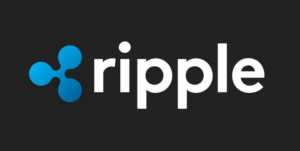Fantom is making waves in the NFT space, offering an interesting alternative to Ethereum’s dominance in the field. For those unfamiliar, NFTs (non-fungible tokens) are unique digital assets that are verified using blockchain technology, allowing for ownership and provenance to be securely recorded. Ethereum has long been the go-to platform for NFTs, but Fantom’s entry into this market raises questions about its potential to challenge Ethereum’s position.
One key advantage that Fantom brings to the table is its scalability. While Ethereum has been facing challenges with high gas fees and network congestion, Fantom boasts faster transaction speeds and lower fees due to its architecture. This could make it a more attractive option for artists, collectors, and creators looking to mint and trade NFTs without breaking the bank.
Another factor that plays into Fantom’s favor is its energy efficiency. Unlike Ethereum, which currently operates on a proof-of-work consensus mechanism, Fantom uses a more environmentally friendly proof-of-stake protocol. This means that transactions on Fantom have a lower carbon footprint, which could appeal to users and businesses seeking sustainable options in the NFT space.
Furthermore, Fantom’s technology stack is designed to be user-friendly and developer-focused. This makes it easier for artists and creators to mint NFTs, build decentralized applications, and participate in the ecosystem. With a growing community of supporters and contributors, Fantom is quickly establishing itself as a serious contender in the blockchain space.
However, it’s essential to note that Ethereum still holds the lion’s share of the NFT market and has a robust ecosystem of projects and platforms. Many popular NFT marketplaces and collections are based on Ethereum, giving it a significant network effect that Fantom will need to overcome to gain traction in the space.
In conclusion, while Fantom’s entry into the NFT space brings exciting possibilities for scalability, energy efficiency, and user experience, it remains to be seen whether it can truly one-up Ethereum in this competitive landscape. As the NFT market continues to evolve and new technologies emerge, both platforms will need to innovate and adapt to the changing needs of users and creators.
Whether you’re a seasoned NFT enthusiast or just getting started in the space, keeping an eye on developments in Fantom and Ethereum can help you make informed decisions about where to mint, buy, and sell your digital assets. Stay tuned for updates and announcements from both projects as they shape the future of NFTs and blockchain technology.

